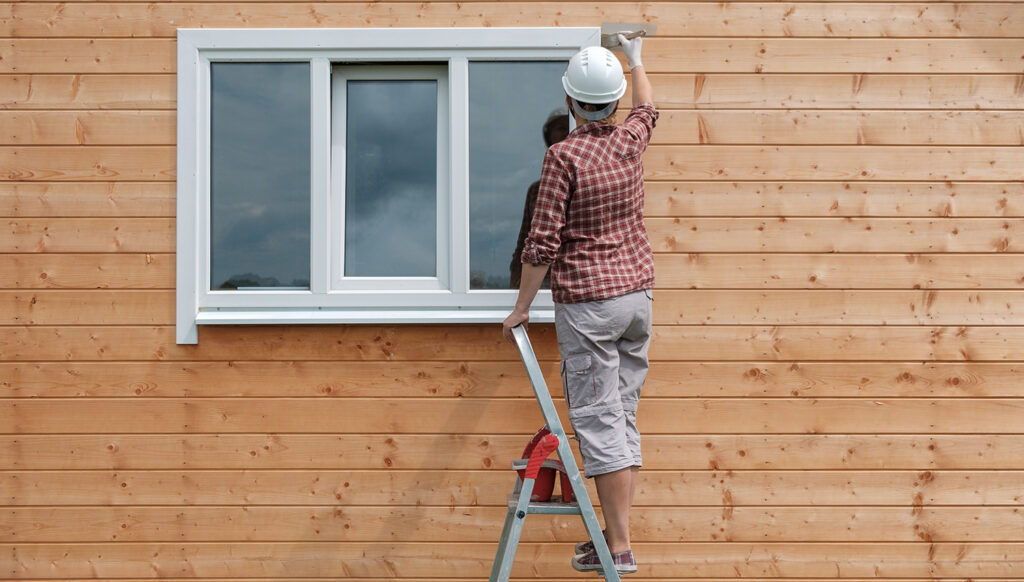
You have a great-looking lawn, a beautiful garden, and gutters that can keep up with the rainy season. Now, it is time to give your house the final touch-up that it needs. Updating your home’s accent color is a small change that can sometimes have more of an impact than painting the entire house. How do you pick the perfect accent color, though?
Here are eight steps to help you find the right look for your home.
Choose what you’ll be painting. Do you just want to stick with giving some flair to the front door, or are you adding shutters and trim to the list? Once you know what you plan on painting, you can make better decisions about color choices.
Find your brand. Before you have your heart set on one color, look at the benefits that different brands offer. You may need weather-resistant paint or paint made for metal surfaces. Glossy, semi-gloss, or matte sheen options are also worth inspecting.
Pick a shade. Help yourself by narrowing down if you want something light, dark, or in-between. If you’re hoping to brighten up your property, then you may already have your heart set on a light color. If you’re looking for something more reserved, you might know that a deeper shade is right for you. Once you have made this decision, you can have an easier time picking the exact color for your house.
Match your style. Consider the current colors of your house’s siding and roof, along with any brick, stone, or wood accents. Finding the undertones of these materials will help you decide which accent color options will achieve the most balanced look. Also, consider your internal design choices. The color of your living room might be the perfect color to bring outside. Color theory and design guides can help you make your perfect pallet; a quick search will help you plan.
Take notes from nature. While considering the colors of your home, also look at the surrounding elements. Are there any colors in your garden that you would like to recreate? Or, maybe, you’re hoping to blend in with the trees. Find inspiration anywhere in and around your home.
Color visualizer. Technology now allows you to virtually test different colors on your house. This is great for helping you visualize how a color may look on a larger scale than just a paint chip. Using this technology can help you narrow down your top choices before buying paint samples.
Test it out. Once you’ve settled on a color, get a sample-sized can and paint a small area. Leave it up for a few days to confirm that you like the color before buying more. Take note of how the color appears during various times of the day or during different weather conditions to see the full range of possible looks.
Paint. You’re at the final steps now that your color is tested and approved. Clean and repair the surfaces you will be painting before you prime. Find a day with mild weather to get your painting done. Painting while it is too hot can cause the paint to dry too quickly and clump. On the other hand, painting while it is too cold can cause peeling. Don’t forget to use painter’s plastic to protect the areas you don’t want to paint.
How can Steelcoat® help? High-Density PE Painter’s Plastic will keep all of your paint where it belongs and off of where it doesn’t. Our Low-Density PE Plastic Sheeting will cover your porch or any other spots you want to keep clean while painting.
Thanks for following along with our spring exterior home improvement blogs. Stay tuned for future series and updates. Follow our socials on Facebook, LinkedIn, and Twitter.
